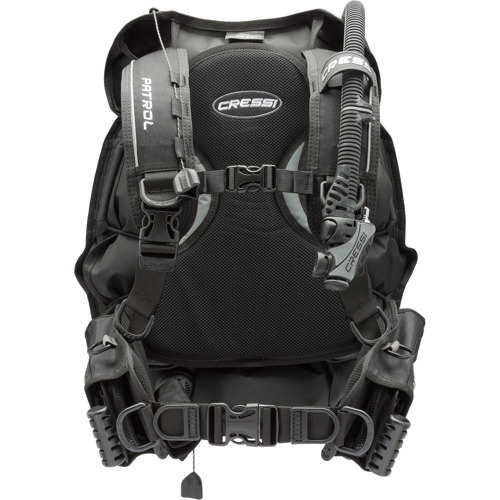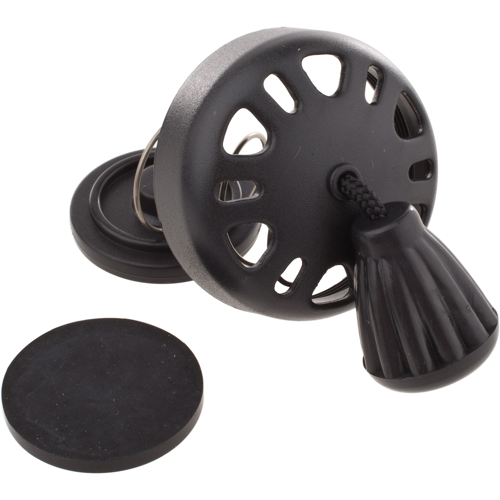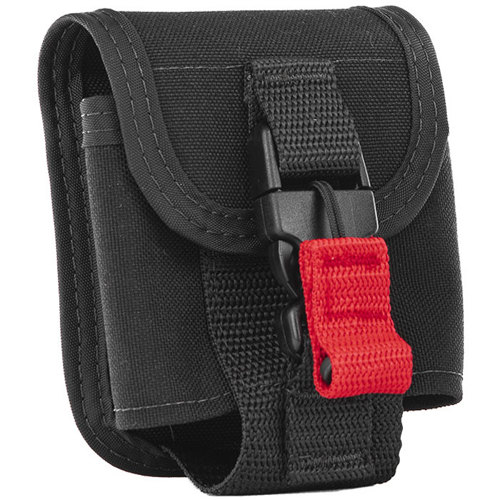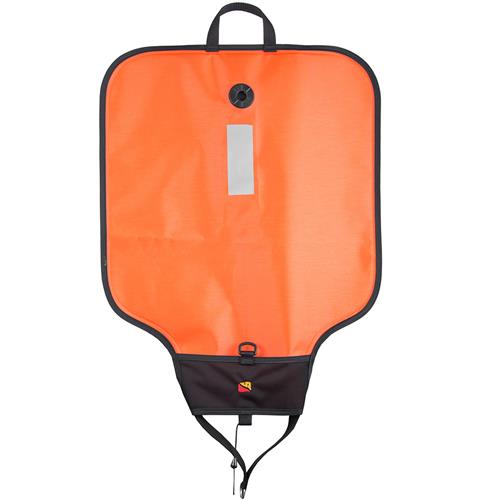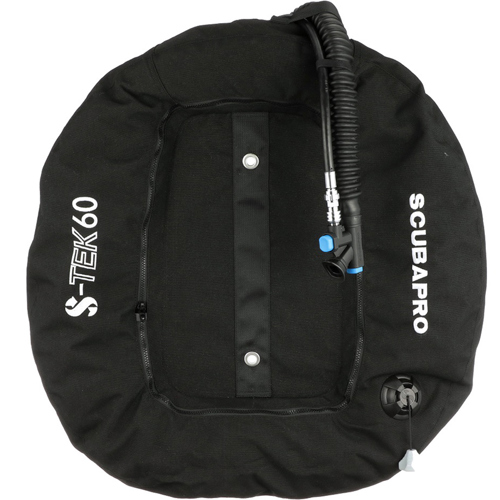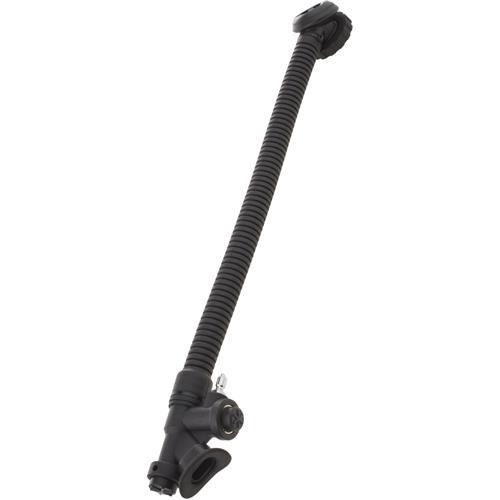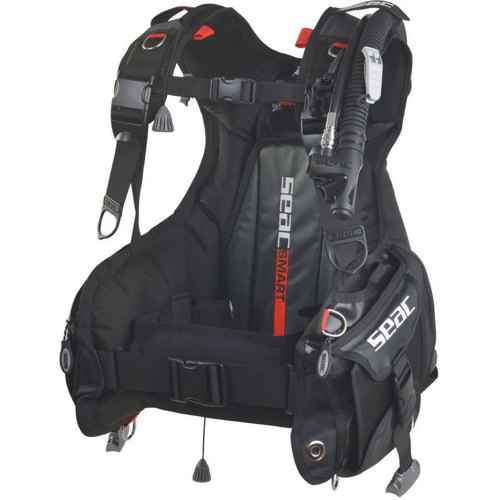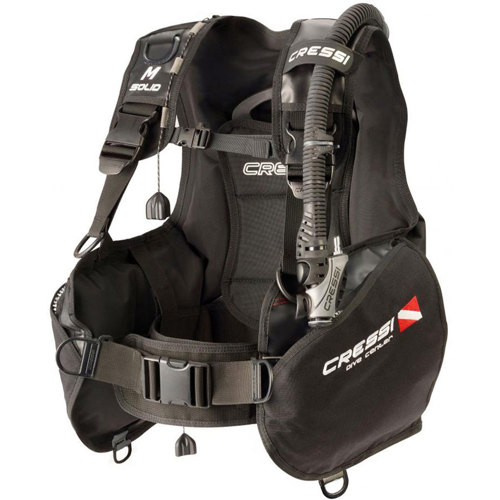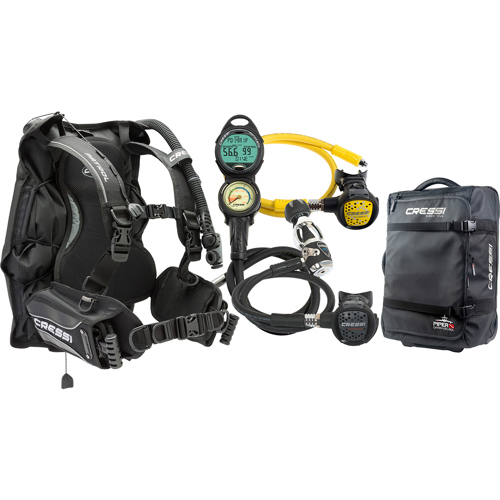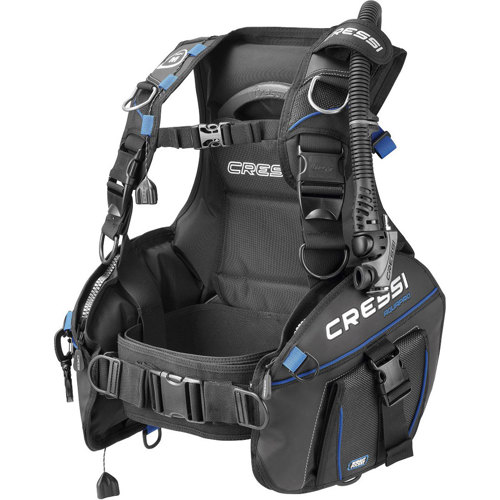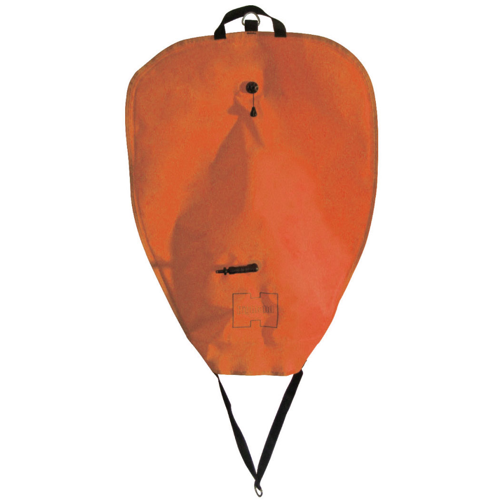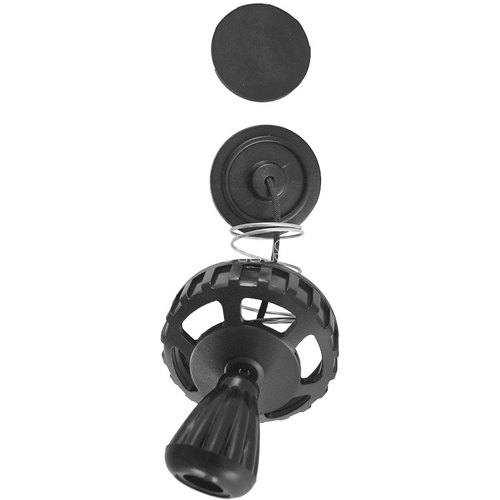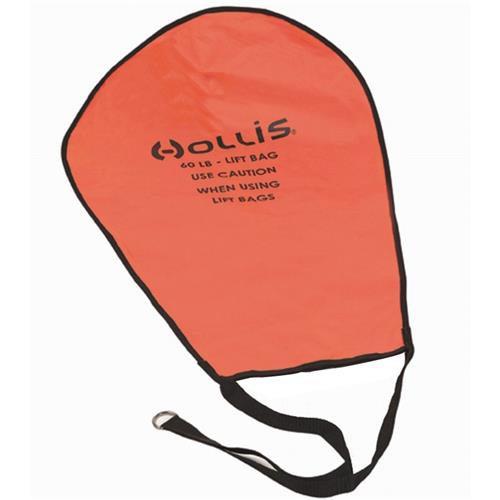Pull Dumps
Pull dumps are an essential piece of equipment for divers who prioritize safety, control, and reliability in their underwater adventures. Integrated into most modern Buoyancy Compensating Devices (BCDs), these mechanisms allow for the quick and efficient release of air with a simple tug of a cord. Whether you’re navigating the kelp forests off the Pacific coast or descending to explore a vibrant coral reef in the Caribbean, having a responsive and dependable pull dump can make all the difference in managing your ascent and maintaining neutral buoyancy. The design is intuitive: a robust cord, often tipped with a textured handle or knob for easy grip even with thick gloves, connects to an internal valve. With a firm downward pull, the valve opens, releasing air from the BCD and letting you fine-tune your buoyancy or initiate a controlled ascent. For those who dive in cooler waters in the autumn months, when visibility can be at its peak and marine life is especially active, the ability to make precise buoyancy adjustments with gloved hands is invaluable. Pull dumps are engineered with durability in mind, manufactured from corrosion-resistant materials such as marine-grade plastics and stainless steel to withstand repeated exposure to saltwater, sand, and the rigors of travel.
Selecting the right pull dump involves considering the type of diving you do, the compatibility with your existing BCD, and your personal preferences for ergonomics and ease of use. Technical divers, instructors, and frequent travelers often keep a spare pull dump in their save-a-dive kit, recognizing that a malfunctioning valve can sideline an entire day’s worth of diving. For new divers, learning to locate and operate the pull dump instinctively is a key skill for buoyancy control and emergency preparedness. Experienced divers might recall moments when a well-placed pull dump allowed them to deftly avoid an unexpected surge or quickly adjust their position while observing a shy octopus or photographing a passing school of barracuda. Pull dumps also make thoughtful gifts for dive buddies, students, or anyone assembling their first set of gear—especially as the dive season transitions and divers prepare for autumn trips or look to upgrade their equipment for colder water adventures. The peace of mind that comes from knowing your gear is in top condition is priceless, and a high-quality pull dump is a small investment that pays dividends in safety and comfort.
For those interested in learning more about how these mechanisms work, how they integrate into different BCD designs, and what to look for when making a purchase, our comprehensive guide on
Diving Pull Dump Mechanisms offers in-depth information and expert advice. Whether you’re gearing up for a local shore dive or planning a liveaboard adventure in a far-flung destination, ensuring your pull dump is functioning properly should always be part of your pre-dive checklist. As the diving community knows, the small details—like a smooth-operating valve or a brightly colored pull handle—can make a significant impact on your underwater experience. By choosing the right pull dump and keeping a spare on hand, you’re not only enhancing your own safety but also contributing to the smooth flow of any group dive, where everyone relies on each other’s equipment and preparedness.


